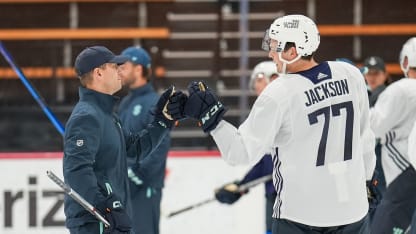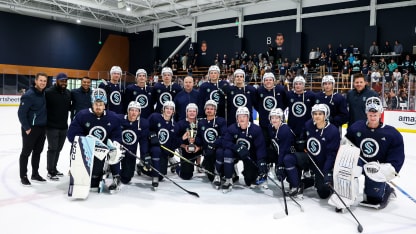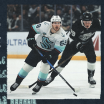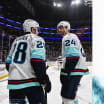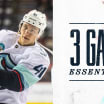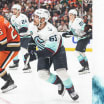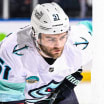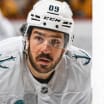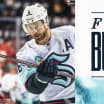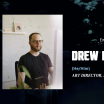Over the past two weeks at the Draft and development camp, Kraken faithful have had the opportunity to see the future of the organization up close. But as players return home to families and teams all over the world, how does their progress towards a potential NHL career happen?
The Next Steps
As prospects work towards the goal of an NHL career, after development camp, what comes next? We took a look inside the player development process
